Many-spotted cory - Corydoras polystictus
Scientific name: Corydoras polystictus
Common name: Many-spotted cory
Family: Callichthyidae
Usual size in fish tanks: 3 - 4 cm (1.18 - 1.57 inch)
014
Recommended pH range: 5.7 - 7.8
Recommended water hardness: 2 - 25°N (35.71 - 446.43ppm)
0°C 32°F30°C 86°F
Recommended temperature range: 22 - 28 °C (71.6 - 82.4°F)
The way how these fish reproduce: Spawning
Where the species comes from: South America
Temperament to its own species: peaceful
Temperament toward other fish species: peaceful
Usual place in the tank: Bottom levels
Introduction
Corydoras polystictus, commonly known as the Many-Spotted Cory, is a peaceful and social bottom-dwelling fish native to the rivers of Paraguay and Brazil in South America. Their small size, gentle temperament, and attractive spotted pattern make them an excellent choice for community tanks, especially those with soft substrates and a calm environment.
Food and Feeding
Many-Spotted Corys are omnivorous and will readily accept a variety of foods. Provide high-quality flake or sinking pellet food as their staple diet. To ensure they receive enough food, consider feeding them at dusk when other tank inhabitants are less active. Offer live or frozen treats such as bloodworms or brine shrimp twice a week to enhance their health and vitality. Always ensure the food reaches the substrate where they can access it.
Habitat and Tank Requirements
To replicate their natural habitat, use a sandy substrate to protect their sensitive barbels. Include plenty of hiding places with driftwood, rocks, and plants such as Amazon Swords (Echinodorus bleheri), Anubias (Anubias barteri), and Java Fern (Microsorum pteropus). Maintain water parameters with a pH range of 5.7-7.8, hardness of 2-25°N (35.71-446.43 ppm), and a temperature between 22-28°C (71.6-82.4°F). Regular water changes are crucial to maintain pristine water quality, as this species is sensitive to deteriorating conditions.
Sexing
Sexing Many-Spotted Corys is relatively straightforward. Females are slightly larger and have a stockier body shape compared to males, especially noticeable during the breeding season.
Breeding
Breeding Corydoras polystictus in aquariums is relatively straightforward with proper preparation. Condition the breeding pair or group with live or frozen foods for two weeks. During spawning, the female collects eggs and sperm in the "T" position using her pelvic fins. She then deposits the eggs on plants, substrate, or the tank glass. The eggs hatch within 3-5 days. Once the fry are free-swimming, feed them Infusoria or newly hatched brine shrimp. As they grow, crushed flake food can be introduced gradually.
Lifespan
Corydoras polystictus has a relatively long lifespan, living up to 10 years when provided with proper care and a stable environment.
Behavior and Compatibility
Many-Spotted Corys are peaceful and thrive in groups of at least five. Their calm nature makes them ideal for community tanks with non-aggressive tank mates. Suitable companions include Neon Tetras (Paracheirodon innesi), Harlequin Rasboras (Trigonostigma heteromorpha), and Otocinclus Catfish (Otocinclus affinis). They can also coexist with peaceful cichlids, such as Angelfish (Pterophyllum scalare) or Apistogramma species. Avoid boisterous or aggressive fish, as these can intimidate Corydoras and outcompete them for food. Providing a calm, planted environment allows them to display their natural behaviors.
Short Description
Corydoras polystictus, or Many-Spotted Cory, is a peaceful and social bottom-dweller that thrives in planted aquariums with soft substrates. Their gentle nature, compatibility with other peaceful species, and ease of care make them an excellent choice for community setups. With proper care, they can live up to 10 years, providing long-term enjoyment for aquarists.
Pictures
Bought by aqua-fish.net from jjphoto.dk.
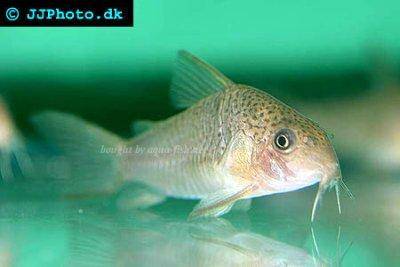


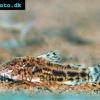 Aspidoras
Aspidoras 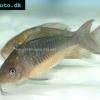 Giant
Giant 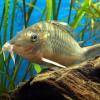 Hognosed
Hognosed 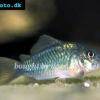 Emerald
Emerald 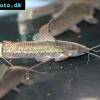 Cascarudo
Cascarudo 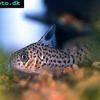 Acre
Acre 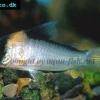 Adolfo’s
Adolfo’s 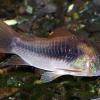 Bronze
Bronze 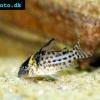 Agassizii’s
Agassizii’s 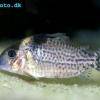 Spotted
Spotted 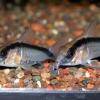 Skunk
Skunk 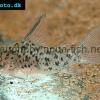 Corydoras
Corydoras 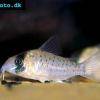 Fairy
Fairy 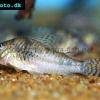 Corydoras
Corydoras 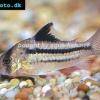 Pink
Pink 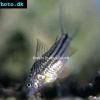 San
San 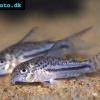 Bond’s
Bond’s  Spotted
Spotted 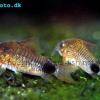 Tailspot
Tailspot 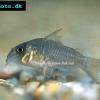 Concolor
Concolor 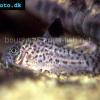 Cope’s
Cope’s 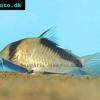 Sand’s
Sand’s 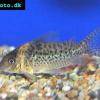 False
False 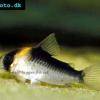 False
False 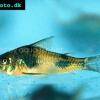 Ehrhardt’s
Ehrhardt’s 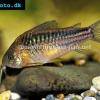 Elegant
Elegant 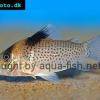 Saddle
Saddle 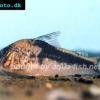 Fowler’s
Fowler’s 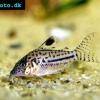 Gomezi
Gomezi 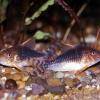 Palespotted
Palespotted 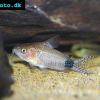 Guapore
Guapore 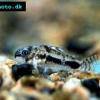 Dainty
Dainty 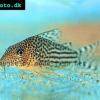 Mosaic
Mosaic 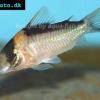 Imitator
Imitator 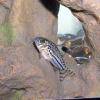 Julii
Julii 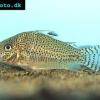 Leopard
Leopard 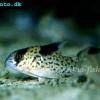 Black
Black 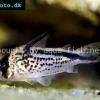 Slant-bar
Slant-bar 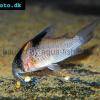 Bluespotted
Bluespotted 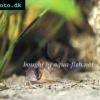 False
False 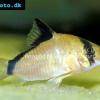 Bandit
Bandit 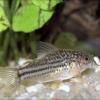 Mini
Mini 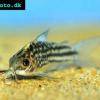 Napo
Napo 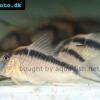 Corydoras
Corydoras 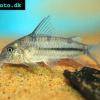 Blue
Blue 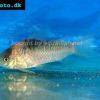 Nijssen’s
Nijssen’s 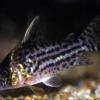 Ornate
Ornate 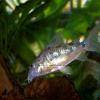 Peppered
Peppered 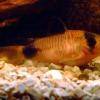 Panda
Panda 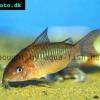 Albertini
Albertini 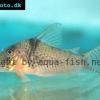 Pastaza
Pastaza 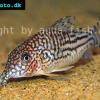 Corydoras
Corydoras 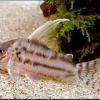 Pretty
Pretty 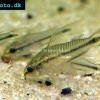 Dwarf
Dwarf 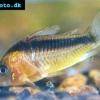 Iridescent
Iridescent 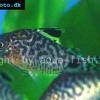 Reticulated
Reticulated 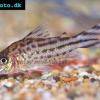 Bannertail
Bannertail 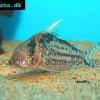 Robust
Robust 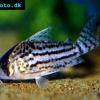 Schwartz’s
Schwartz’s 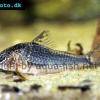 Black
Black 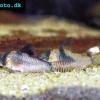 Longnosed
Longnosed 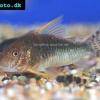 Seuss’
Seuss’ 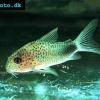 Smudge
Smudge 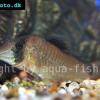 Masquerade
Masquerade 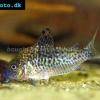 False
False 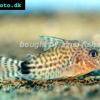 Millenium
Millenium 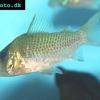 Pinkthroat
Pinkthroat 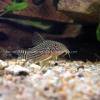 Sterba’s
Sterba’s 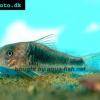 Longsnout
Longsnout 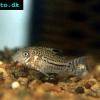 False
False 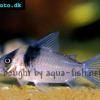 Miguelito
Miguelito 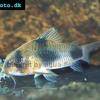 Twosaddle
Twosaddle 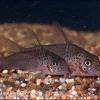 Xingu
Xingu 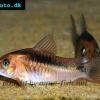 Black
Black 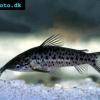 Porthole
Porthole 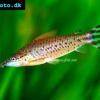 Flagtail
Flagtail 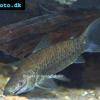 Brown
Brown 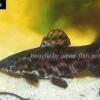 Spotted
Spotted